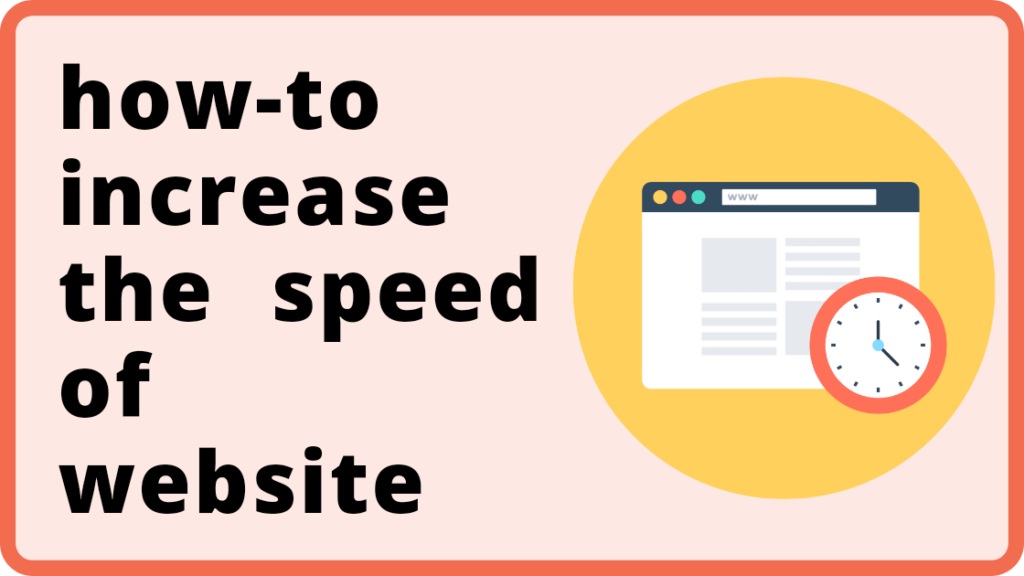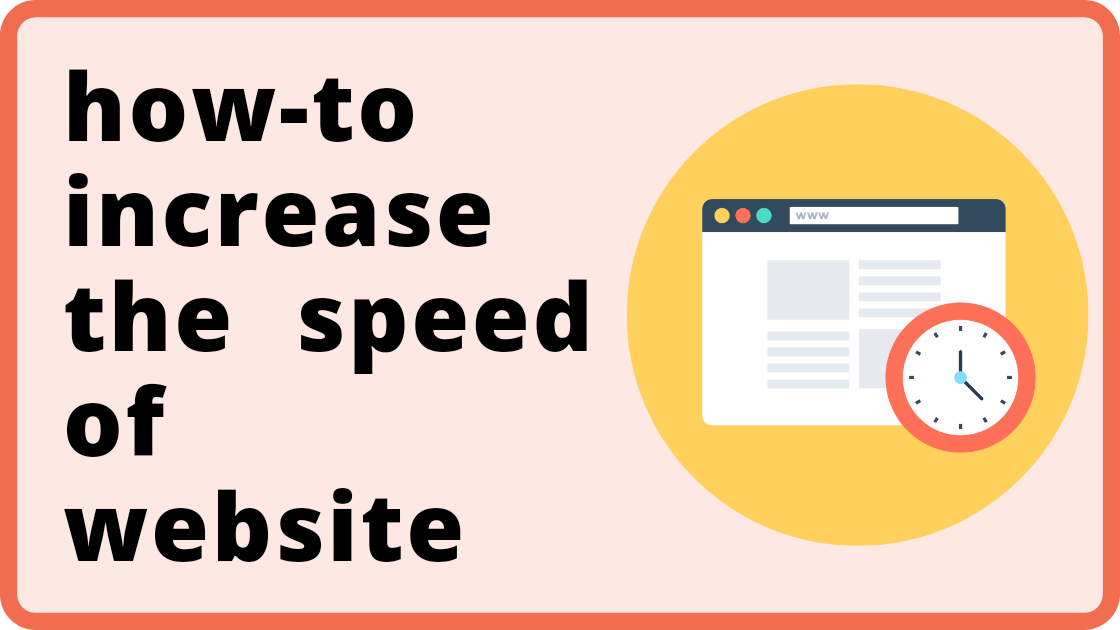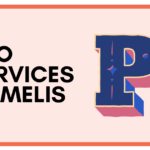website speed increase is a measure of the speed at which pages’ content loads.
You will earn 0.5 $ after click on and and visit this pages
Amount will be transfer into timebusks account after 5 hours
Page speed is frequently misinterpreted as “site speed,” which is actually the speed of a page for a selection of pages viewed on a website.

What is the definition of speed increase?
The speed of a page can be defined by “page load time” (the time required to display the contents on a particular webpage) (or “time to first byte” (how time it takes your browser to get the first byte of data on behalf of the website server).
You can assess your website’s speed increase by using Google’s PageSpeed insights.
The PageSpeed Insights Speed Score integrates information from The CrUX (Chrome User Experience Report) and provides reports on two key speed metrics.
best website speed increase practices
Google has revealed that the speed of a website (and consequently page speed) is among the indicators utilized by its algorithm to rank webpages.
It has also been discovered that Google may be specifically measuring the time to the first byte when it is evaluating speed of a page.
Slow loading webpages suggest that search engines will crawl fewer pages within their budgeted crawling limit, which could hinder the indexation of your site.
The speed of loading pages is crucial to the user experience.
Pages that have a longer loading time are more likely to experience higher rates of bounce as well as less time spent on the page.
Additionally, longer loading times have been proven to have a negative impact on conversion rates.
Here are a few of the many methods to decrease your page’s loading time:
Make compression available
Utilize Gzip an application for Windows that compresses files that reduces in size your CSS, HTML, and JavaScript files more than 150 bytes.
Don’t use gzip for images. Instead, you should compress them in software such as Photoshop in which you have the ability to control your image’s quality.
Check out “Optimize images” below.
Minify CSS, JavaScript, and HTML
Optimizing your code (including the removal of spaces, commas and other characters that are not needed) You can significantly improve the speed of your website.
Also, remove comments in your code, formatting, and code that is not used. Google suggests making use of CSSNano or UglifyJS.
Remove render-blocking JavaScript
Browsers must build the DOM tree through parsing HTML before rendering the page.
If your browser comes across an application in the process, it needs to stop the execution before it is able to continue.
Make use of browser caching
Browsers can cache lots of data (stylesheets images, stylesheets, JavaScript documents, JavaScript files and much more) to ensure that the next time a user comes back to your website and the browser does not have to reload your entire site.
Make use of a tool like YSlow to check whether you possess an expiration day in your cache. Set an “expires” header for how you would like that information to be saved.
In most cases, unless the site’s is constantly changing its design it is best to set an appropriate timeframe. Google offers more information on the use of caching here.
Increase response time will help you website speed increase
Your server’s response time is influenced by the volume of traffic that you experience and the resources that used by each page and the server software it employs, as well as the hosting platform you are using.
To improve the speed increase of your server’s response time, search for performance bottlenecks, such as slow querying of databases and slow routing or the absence of sufficient memory, and correct the issues.
The ideal response time for servers is not more than 200 milliseconds. Find out more about optimizing the time to the firstbyte.
Use a content distribution network
Content distribution networks (CDNs) often referred to as content delivery networks are servers used to share the burden of the content.
The basic concept is that copies of your website are kept in multiple different data centers, to allow users quicker and more secure access to your website.
Optimize images for website speed increase
Make sure that your photos aren’t bigger than they have to be, and are in the proper format for your files (PNGs are typically preferred for graphics with less than 16 colors, whereas JPEGs tend to be better for images) and that they’re optimized for web use.
Make use of CSS images to create templates for images you frequently use on your website, such as icons and buttons.
CSS sprites blend the images into a single image which loads at the same time (which results in fewer HTTP request) and display only those sections you wish to display.
This means you’re saving time and energy because users don’t have to wait for several pictures to be loaded.
speed increase is very important for your website growth and also is very helpfull for next year of your website. this few step will speed increase your website.





